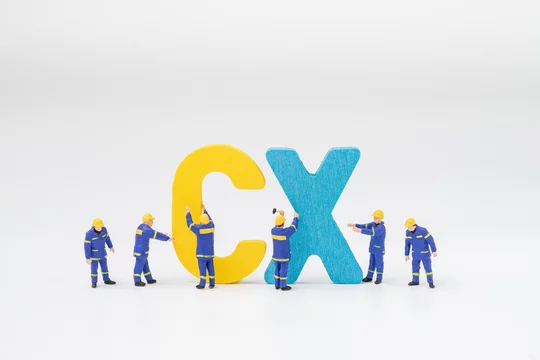
Marketing VS Sales : Clarifying Roles for Organisational Success
Organisations that focus too much on either marketing or sales often encounter challenges:
Overemphasis on Sales:
Short-term Gains, Long-term Pain: Focusing solely on sales might generate immediate revenue but can lead to a lack of brand loyalty and customer engagement.









